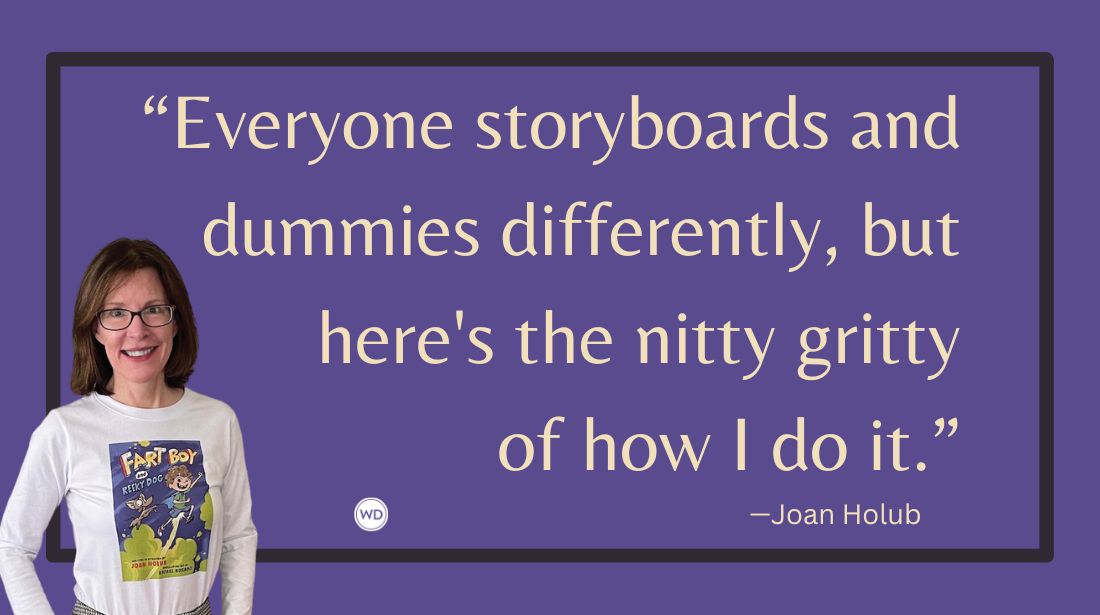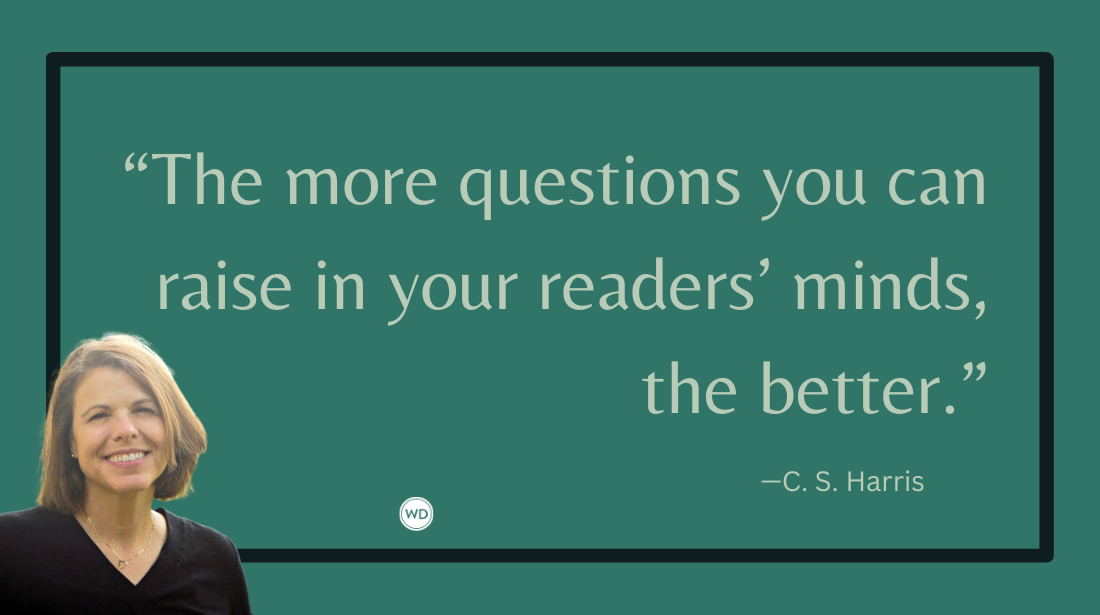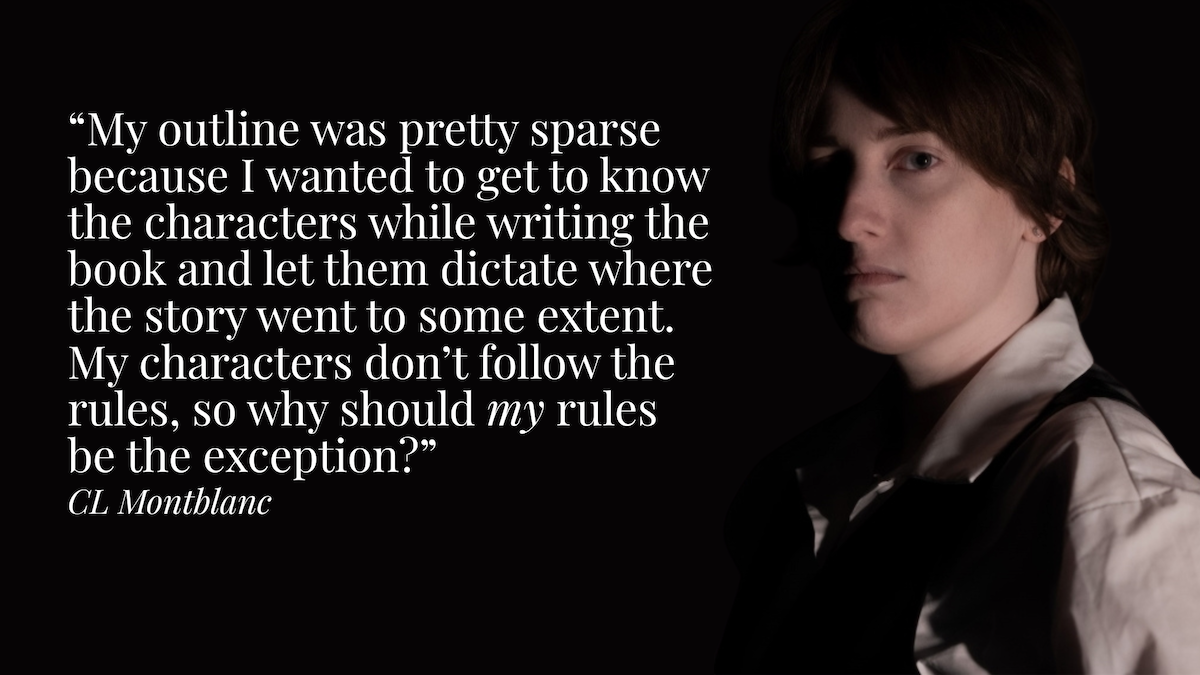5 Ways to Increase Conflict in a Story
Author Eileen Cook shares fives ways to increase conflict in a story. Learn how to plot and structure your novel by adding and increasing conflict.
The curse of a vivid imagination is that you can almost always imagine something that would make the situation worse. This is why if there is a sudden lurch on a flight, you can count on me to grip my armrest, mentally picturing the wing suddenly falling off of the plane. Strange noise in the middle of the night? Zombie apocalypse. Hacking cough and sniffle? No doubt the beginning of Ebola. It makes my life anxious, but it’s great for writing fiction.
Most fiction suffers from not enough conflict, not too much. With every book and every scene, ask yourself “what would make this worse?” One way to do this is to take common conflict resolution techniques and turn them upside down.
# 1 Pick the Right Atmosphere
In real life, you want to choose the right environment to have a difficult conversation. You want to choose a place where the individual can focus on what you are saying and not instantly feel defensive or uncomfortable. In fiction, try and have the conflict happen in the most uncomfortable place possible for your characters.
- Imagine a man telling his fiancé that he doesn’t think he can go through with the wedding. Now imagine him telling her in the back of the church just before the wedding, or worse yet, right after the ceremony, or as the flight takes off for their honeymoon.
- Look at your manuscript’s conflict scenes. Do they happen at the worst time? Is there a more uncomfortable place?
#2 Allies, Enemies, and the Art of Bringing Others Into the Fight
In real life, we don’t want to pull others into an argument. In fiction, ask yourself, is there another character you can add who would make the situation worse?
- Who does your character want on their side in an argument?
- Who is the person your character least wants to oppose?
- In the wedding example above, it’s bad if the groom is in love with someone else, it’s worse if it’s the maid of honor, or her sister, or his best man.
#3 Avoid Accusations
In conflict resolution, we encourage people to focus on what is said, not what they assume is the meaning behind the words.
- What meaning does your character put on things? We all filter what happens to us through our experiences. For example, there are two teen girls. One finds out that the other went to a party with another group and didn’t tell her. What might she accuse her of? You don’t want to be my friend. You’re embarrassed by me.
- Look at your manuscript, what meaning does your character put onto what is said/done? What can they accuse the person of?
#4 Don’t Hit Below the Belt
Why do we hurt the one’s we love? Because we can. We know the hot buttons. We know what will rile them up. Fighting dirty always increases conflict.
- What do your characters know about each other? How can that be dragged into the current fight?
- Look at your manuscript and make notes where the characters can have an “oh no you didn’t” moment.
#5 Creating Win-Win Situations
In real conflict resolution, situations we try to search out areas of common ground. This allows each party to gain something from the solution. In fiction, we want to keep our character’s focus on not what they have in common, but what sets them apart. If your character perceives giving ground means they lose something, they will fight to win rather than compromise.
- What does your character stand to lose if they lose this conflict? What is at risk?
- Can you set up two characters with opposing goals?
- Do you have a character that wants two opposing things at the same time? I want the big promotion at work and I want to spend more time with my family.
Readers aren’t interested in happy people leading content lives. Readers read for drama. To see characters in difficult situations who either triumph (or don’t) over those conflicts.
When in doubt, go big. Drop a plane wing, add a zombie, have them realize that the two things they want most in the world can’t both be had at the same time. Your characters may hate you for it, but readers will love it.
*****
If you want to learn how to write a story, but aren’t quite ready yet to hunker down and write 10,000 words or so a week, this is the course for you. Build Your Novel Scene by Scene will offer you the impetus, the guidance, the support, and the deadline you need to finally stop talking, start writing, and, ultimately, complete that novel you always said you wanted to write.
Eileen Cook is a multi-published author with her novels appearing in six different languages. She spent most of her teen years wishing she were someone else or somewhere else, which is great training for a writer. Kirkus said of her title, Unraveling Isobel: "Cook gives readers a fast-paced plot, a likable narrator, and interesting characters." Learn about Eileen, her books, and more on her website and her Twitter. Eileen lives in Vancouver with her husband and two dogs and no longer wishes to be anyone or anywhere else.








